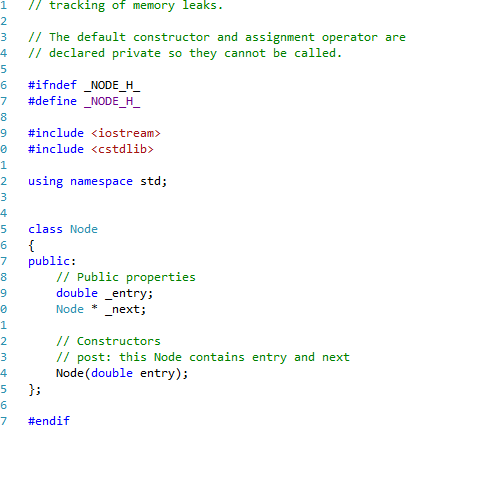

(Note that I did not say 'array'-a list can be implemented as an array, but does not have to be.) The list supports adding, removing, and modifying whatever element the cursor is currently on, as well as moving the cursor.īecause a list is so general, specific applications are hard to list. A list is simply a collection of data with a 'cursor' that references one element in the list. For example, a queue is useful for distributing data first-come-first-serve or queuing messages for later processing.Ī list is a bit more general than a queue or a list, as the semantics of adding and removing elements are much less constrained. Dequeue It is similar to the pop operation of stack i.e., it. This is useful in many algorithms and practicalities. Queue Data Structures Enqueue Enqueue is an operation which adds an element to the queue. Queues are useful anywhere you need to synchronize or buffer elements through a pipeline. A queue is like a waiting line elements wait in a queue until they are pulled off the front to be processed. This is very intuitive-the first element you put in is the first element you get out. Etc.Ī queue is just like a stack, except that its semantics obey 'FIFO,' or First In First Out. It's useful whenever the LIFO principle applies-for example, buffering operations in order to undo them. WebIt defines a generic linked list in C similar to the C++ std::list. Why are stacks useful? While their application is not as obvious of queues, stacks find their place quite often. Stacks, Queues, and Linked Lists 13 Queues A queue differs from a stack in that. To add an element, you place it on the top. You can think of a stack as, well, a stack of objects.

This means that the last element to be added is the first one to be removed. So, what is a stack? What defines a stack is that adding and removing elements is carried out in 'LIFO' (Last In First Out) order. We'll go over implementations and usage for these data structures in class. What makes a stack a stack is how you use it. So, if you push something to the stack then the first value of the stack will.

For example, a stack simply describes semantics for adding and removing elements-you could implement a stack with a queue this does not matter. Queue is known as a linear data structure. Here, we will go over how many data structures operate-independent of their implementations. Even quite complicated data structures like self-balancing binary search trees are still essentially collections of data that you can add and remove from. Typically, data structures are defined in terms of operations, the most basic of which being adding and removing an element.
List stack queue in c how to#
Now that we've gone over how to measure the performance of algorithms, we'll start looking at data structures.Ī data structure is, as you might expect, a structured way to store data.


 0 kommentar(er)
0 kommentar(er)
